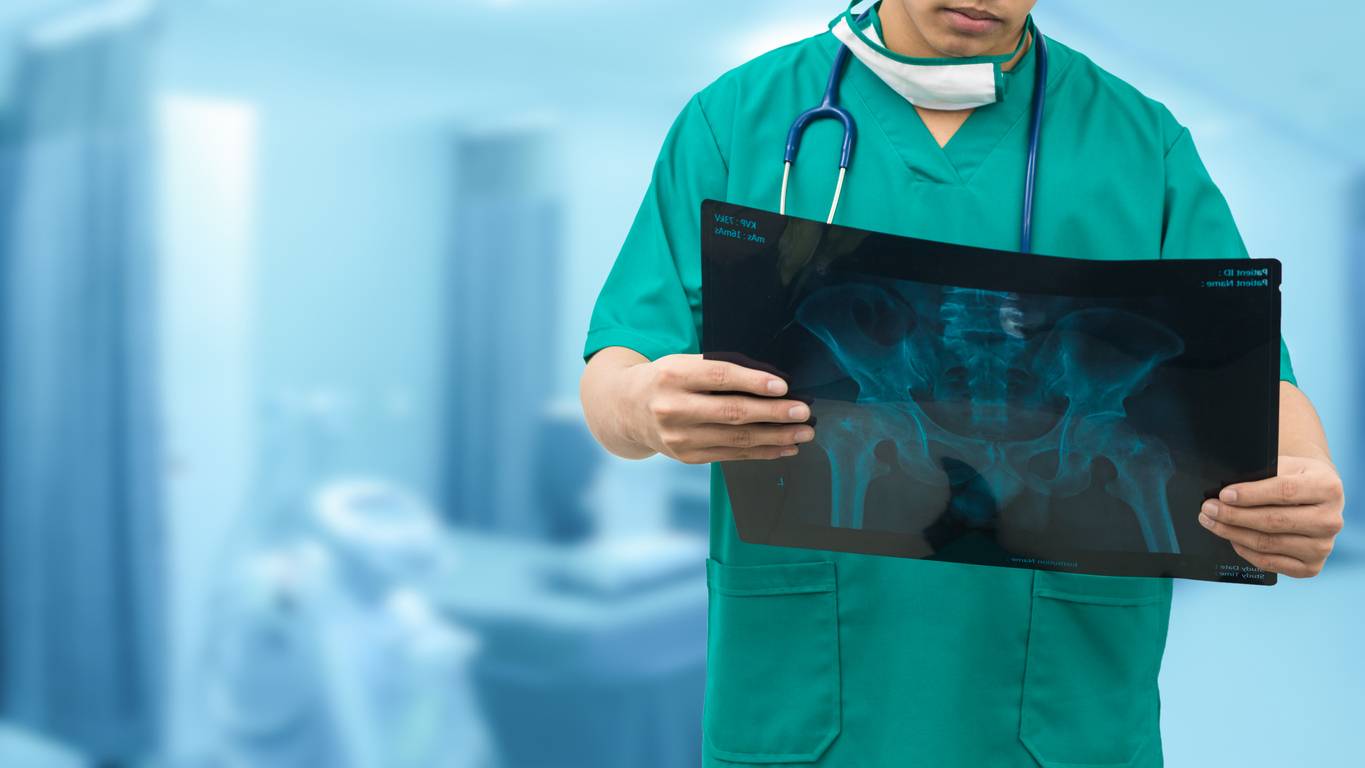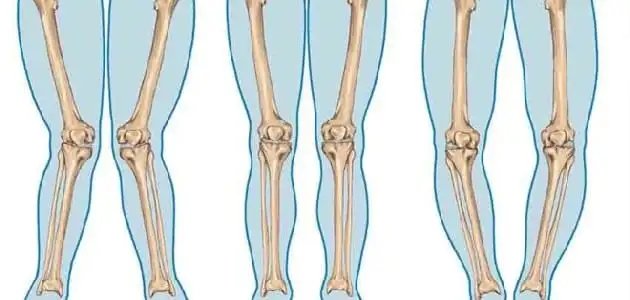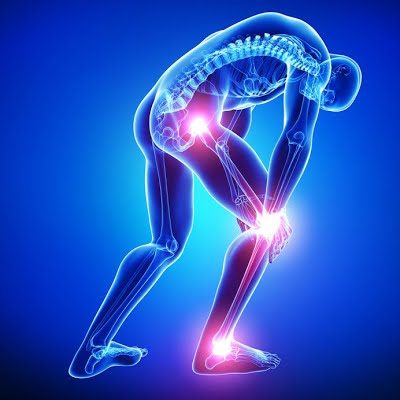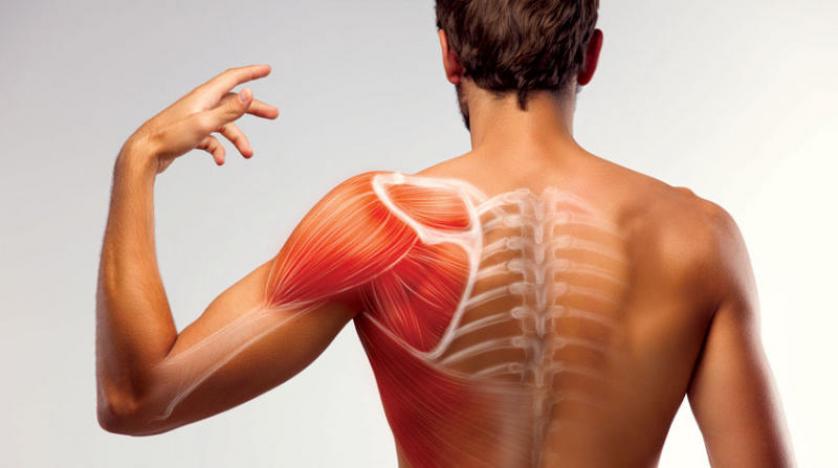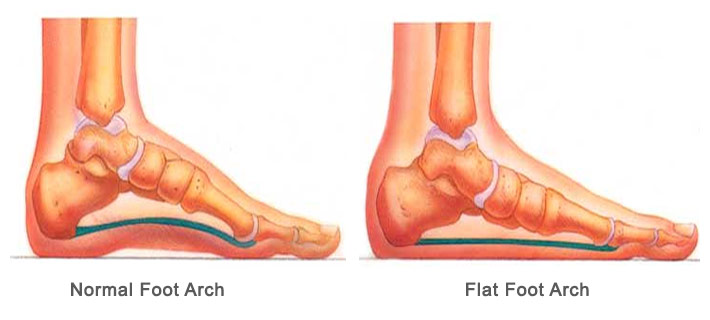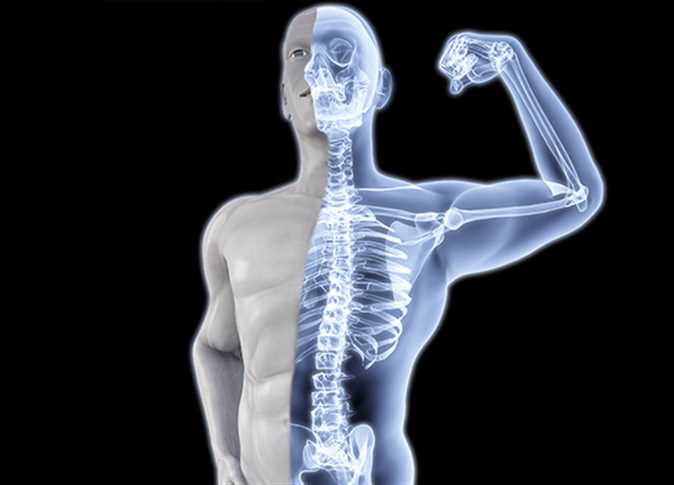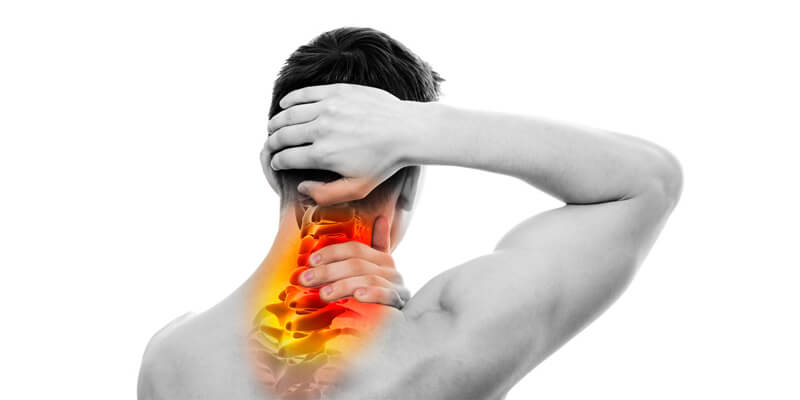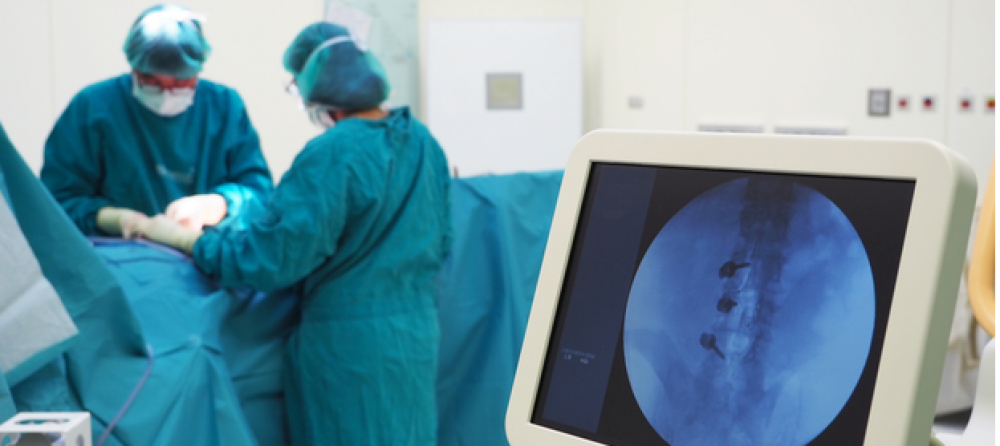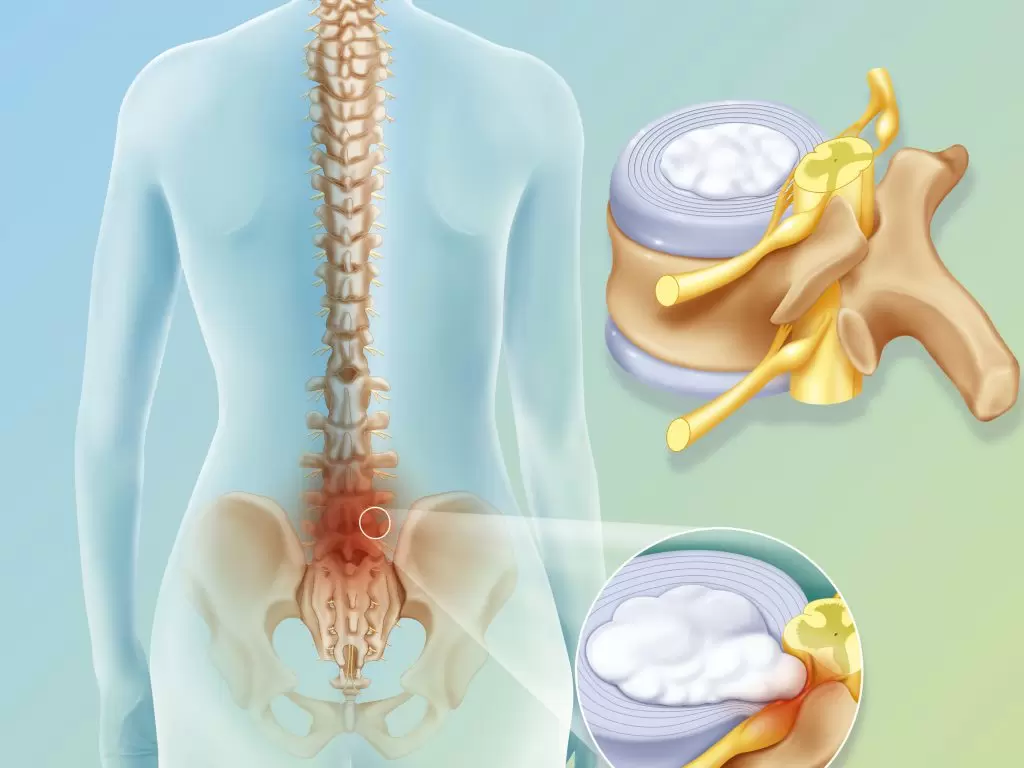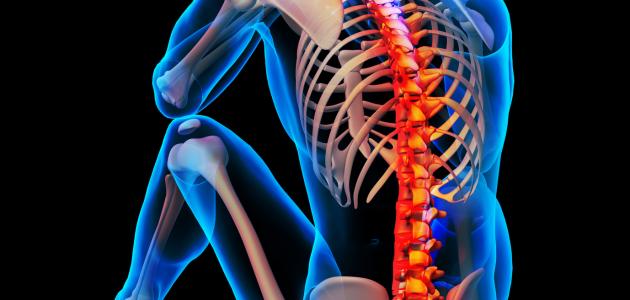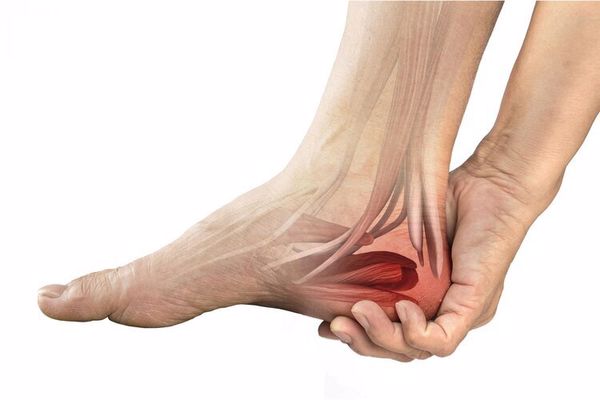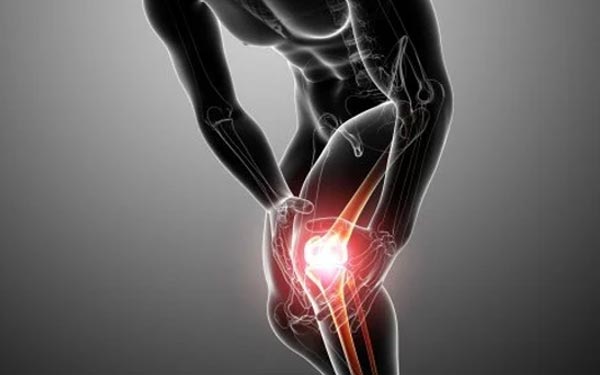!Learn about the Most Common Causes of Coccyx Pain and Various Treatment Methods
Causes of Tailbone Pain, tailbone pain is a widespread condition that affects a large number of people and has many causes that we will learn about in detail throughout this article, in addition to the proper diagnosis and treatment method followed for this condition, so follow us to receive all the latest updates on this matter.
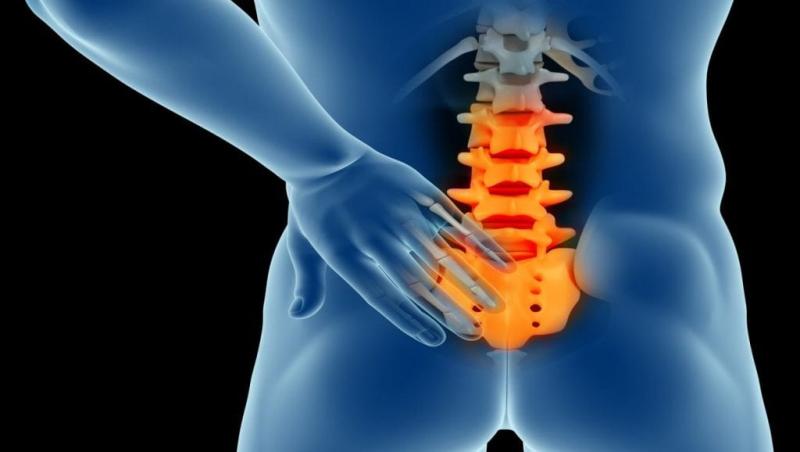
Causes of Tailbone Pain
- Hemorrhoids: Hemorrhoids are considered one of the main causes that cause pain in the tailbone area. This occurs when the veins in the anal area swell and become inflamed, causing pain in the tailbone or coccyx.
- Falls: Tailbone pain occurs as a result of an injury to the tailbone during a fall. A person may experience trauma to the tailbone area during a fall and subsequently suffer from persistent pain in that area.
- Prolonged Sitting: Prolonged sitting on a hard or narrow surface can cause tailbone pain. This unnatural movement causes irritation and pain throughout the tailbone area.
- Sacroiliitis: Sacroiliitis is another cause of tailbone pain. This inflammation is characterized by irritation and swelling in the sacrum, which causes severe pain in the tailbone area.
- Broken Bones: A fracture can occur in the tailbone (coccyx) as a result of severe accidents or intense sports injuries. This fracture causes severe pain in the tailbone area.
- Weight Gain: Weight gain is also a contributing factor to tailbone pain. Increased pressure on the tailbone due to excess weight causes pain and irritation in that area.
- Aging: It is possible for aging to cause problems in the tailbone area. Over time, the tissues in the tailbone may become more fragile, leading to pain and irritation in that area.
- Incorrect Sitting Posture: Certain incorrect sitting postures can cause pain in the tailbone area. For example, sitting for a long time in a tilted position or sitting on an uncomfortable surface can put pressure on the tailbone area and cause pain.
But Dr. Amr Amal understands how tailbone pain can affect your life and promises you a comprehensive approach and excellent care to get you back to your normal life as soon as possible.
What is Tailbone Pain?
Tailbone pain is the pain that occurs in the coccyx area or the tail area below the pelvis. It is also called tailbone pain or coccyx bone pain. Tailbone pain arises from falling on the coccyx or due to prolonged sitting on a hard or narrow surface. This pain can also occur as a result of changes in the joint due to arthritis or during childbirth.
There are other causes of pain such as pregnancy, old age, chronic diarrhea, and constipation. Tailbone pain is considered one of the annoying and widespread pains, as it can negatively affect the patient’s life and hinder them from living their daily life. The coccyx is a small bone located at the bottom of the spine, and pain usually occurs due to problems in the joint between the coccyx bone and the sacrum.
Symptoms of Tailbone Pain
Tailbone pain is the feeling of pain in the area of the coccyx bone or near it. This pain can result from various causes and can be extremely annoying. In this article, we will review 5 symptoms of tailbone pain that may be unfamiliar:
1. Increased pain during prolonged sitting:
When sitting for a long period, the patient may experience an increase in pain in the tailbone area. The pain may be constant and severe, and it may affect your ability to sit for long periods.
2. Difficulty with bowel movements:
Some patients may experience pain during bowel movements. The feeling of pain can be uncomfortable and may increase the difficulty of passing stools and affect the patient’s comfort.
3. Pain spreading to other areas:
The pain may spread from the tailbone area to other areas of the body, such as the thigh area. The pain in these other areas can be sharp and noticeable, increasing the severity of the pain and affecting the patient’s movement.
4. Persistent pain in the tailbone area:
The person may experience persistent and deep pain in the tailbone area, specifically between the buttocks. This pain can be severe and constant, and it may improve slightly when sitting. If you’d like to learn more about the symptoms of coccyx disc herniation, click here.
Remember that these symptoms may vary from person to person, and there may be other accompanying symptoms of tailbone pain. If these symptoms persist or the pain continues for an extended period, the patient should consult a physician for an accurate diagnosis and appropriate treatment plan. Many patients have regained their activity without pain thanks to Dr. Amr Amal’s expertise and skill in treating tailbone pain.

How is Tailbone Pain Diagnosed?
Tailbone pain is a painful condition that many people can suffer from. But how is this type of pain diagnosed? Here is a guide on how to diagnose tailbone pain:
- Clinical Examination and Questioning the Patient about Symptoms:
The doctor begins by performing a clinical examination of the tailbone area and listens to the patient about the symptoms they are experiencing. The doctor inquires about the severity, frequency, and changes the patient experiences in the tailbone area. - CT Scan of the Area:
A CT scan of the tailbone may be requested using X-rays or CT scans to detect any changes in the structure of the tailbone or surrounding areas. - MRI Imaging:
In more complex cases, the doctor may recommend an MRI scan of the tailbone. This type of imaging allows for a detailed view of the tailbone tissues and surrounding areas, enabling the doctor to identify the potential cause of the pain.
Clinical Examination of Tailbone Pain
The clinical examination is used to diagnose pain in the tailbone and determine its cause. The examination relies on a physical assessment of the patient and involves several steps. Here is a guide to the examination of tailbone pain:
- Pelvic and Rectal Examination: The doctor begins by examining the pelvic and rectal area to ensure there is no mass or tumor causing the pain. The examination may be done through a rectal exam or an endoscopic examination.
- Local Tenderness Examination: Local tenderness is used to check for pain in the tailbone area when pressure is applied. If pressure is painful, it indicates the presence of tailbone pain.
- Clinical Examination of the Spine: A disorder in the spine can cause tailbone pain. Therefore, the doctor examines the spine to assess its condition and identify any changes or problems that may lead to pain.
- Nerve Examination: The nerves running in the tailbone area are examined to assess their condition. The doctor may check muscle strength and nerve sensitivity to determine if there is any nerve impairment that could cause tailbone pain.
- Detection of Coccygeal Joint Inflammation: It is possible that inflammation of the coccygeal joint can cause symptoms such as numbness in the rectum and anus. The doctor examines to ensure there are no signs of inflammation in this joint.
What is the Course of Tailbone Pain?
The course of tailbone pain is chronic, causing pain in the tailbone below the back. This condition is characterized by pain that increases with pressure or movement in the affected area. The causes of pain vary and may be due to falls or injuries in that area. Tailbone pain can also result from inflammation of the sciatic nerve, which is the largest nerve in the body.
The course of the disease is severe, and the pain can increase when sitting. Tailbone pain is a high-cost condition in terms of healthcare costs, disability, and lost work time. The spine is made up of vertebrae, and there are discs between each vertebra. Inflammation of the joints and ligaments in these discs due to stress can lead to tailbone pain.
Using the latest techniques and therapeutic approaches, Dr. Amr Amal ensures exceptional care for the treatment of tailbone pain.
Treatment of Tailbone Pain
When a person suffers from severe lower back pain, non-surgical treatments may be the optimal solution to alleviate those annoying pains. In this list, we will review some effective methods for treating tailbone pain, which include the following:
- Rest and Relaxation:
The most important thing when relieving tailbone pain is complete rest. It is preferable to remain in a resting position and avoid prolonged sitting, especially on hard surfaces. Instead, you can use doughnut-shaped cushions in the middle to reduce pressure on the tailbone and alleviate the associated pain. - Anti-inflammatory Medications and Painkillers:
Anti-inflammatory medications and painkillers are effective in relieving tailbone pain. Painkillers such as acetaminophen or ibuprofen can be used with the help of the attending physician. Proper usage instructions should be followed, and excessive doses should be avoided. - Heating and Cooling:
Hot or cold compresses can be used to relieve pain in the tailbone area. It is preferable to apply the compresses for a short period (between 15 to 20 minutes) several times a day on the affected area to reduce swelling and pain. - Physical Therapy:
Doctors may recommend physical therapy sessions to treat tailbone pain. Manual therapy techniques, stretching techniques, and posture modification can train to reduce tension and strengthen the muscles surrounding the tailbone, helping to alleviate pain. - Complementary Medicine:
Some complementary methods may have a positive effect on relieving tailbone pain. These methods may include massage therapy, herbal therapy, and natural dietary supplements. Please consult with a qualified physician before using any of these methods.
Difference between Tailbone Pain and Disc Pain
The difference between tailbone pain and disc pain lies in the location and nature of the pain. Tailbone pain occurs in the bony area or around it at the bottom of the spine, and the part responsible for this pain is called the coccyx. On the other hand, the pain resulting from a disc occurs in the case of a herniated disc or a bulging disc, which is the protrusion of the central nucleus of the disc after being compressed against the outer casing.
The lumbosacral disc or degenerative disc diseases can also cause pain. With tailbone pain, the person experiences persistent pain in the tailbone area between the buttocks, whereas disc-related pain may radiate to other areas of the back.
Tailbone Pain
Tailbone pain is the pain that occurs in the lower spinal area, specifically near the coccyx. The coccyx is the lowest part of the spine and consists of a group of fused vertebrae.
Tailbone pain can be caused by several factors, including direct injuries to the area, irritation from prolonged sitting on hard surfaces, or rare conditions such as tumors or fibrosis.
Symptoms of tailbone pain include:
- Sharp or stabbing pain in the coccyx area or nearby.
- Difficulty sitting for long periods or when moving.
- Increased pain when sitting on hard surfaces.
- Irritation in the area surrounding the coccyx.
- Difficulty getting up from a sitting position or standing up.
Disc Pain
Disc pain or disc herniation is a condition that occurs when the disc material is extruded through the outer part of the spinal casing. This usually happens due to compressive forces on the disc from excessive movement or injury.
Disc symptoms typically appear in the lumbosacral region (lower back) and include:
- Pain in the lower back area that may be accompanied by radiating pain down the legs (lumbar spine/lower back).
- Numbness and tingling in the lower extremities.
- Muscle weakness.
- Difficulty moving and performing daily activities.
How to Distinguish Between Them:
One of the main ways to distinguish between tailbone pain and disc pain is through the symptoms and areas of pain experienced by the patient.
- If the pain is localized in the tailbone area or nearby, the cause may be tailbone pain.
- If the pain radiates down the legs and is accompanied by numbness and tingling, the cause may be a disc issue in the lower back area.
Regardless of the symptoms you are experiencing and the area of pain, it is essential to consult with a medical professional for an accurate diagnosis and appropriate treatment.
Tips for Living with Tailbone Pain
Tailbone pain is a health issue that many people may experience at various stages of their lives. This pain can cause discomfort and negatively impact daily life. Here are some important tips for living with tailbone pain:
- Sit on Comfortable Chairs: It is recommended to avoid prolonged sitting and hard surfaces. Use a padded chair that provides adequate support for the tailbone area and helps reduce pressure on it.
- Use Ice: In case of injury or swelling in the tailbone area, you can place a padded ice pack on the area to reduce inflammation and numb the area. Follow your doctor’s instructions regarding the duration and frequency of ice application.
- Eat Fiber-Rich Foods: Constipation is one of the symptoms associated with tailbone pain. To avoid this problem, it is advisable to eat fiber-rich foods such as fruits, vegetables, and whole grains.
- Use Painkillers: In some cases, the doctor may prescribe medications to help alleviate symptoms associated with tailbone pain, such as pain and swelling. Always consult your doctor before taking any medication.
- Rest and Relaxation: Relaxation and rest can help reduce muscle tension and alleviate pain. Try different relaxation techniques such as meditation and deep breathing exercises.
- Movement and Exercise: Prolonged sitting can be one of the contributing factors to tailbone pain. It is recommended to engage in suitable exercises to strengthen the core muscles and improve flexibility. Remember to determine the duration and intensity of the exercises according to your doctor’s advice.
- Physical Therapy: In some cases, physical therapy may be beneficial for relieving tailbone pain. Consult your doctor to evaluate this option and determine the necessary activities and exercises.

How Can You Prevent Tailbone Pain?
- Wear Protective Clothing: It is advisable to wear protective clothing when engaging in sports that may cause injuries to the tailbone. This clothing can be in the form of protective pads or flexible belts to protect the area.
- Sit Properly: It is important to lean forward while sitting to reduce pressure on the tailbone. Special cushions can be used to alleviate pressure on the area during prolonged sitting.
- Avoid Falls and Injuries: Although injuries resulting from falls on the tailbone cannot always be avoided, some precautions can be taken to reduce the risk of falling, such as wearing appropriate footwear when walking on icy or rough terrain, and avoiding activities that may lead to falls, such as cycling or horseback riding.
- Consume Honey: Consuming one tablespoon of honey daily with a cup of warm water may help alleviate the annoying pains associated with tailbone pain.
- Massage with Honey: The affected area can be massaged with a special type of honey, which is believed to help reduce pain and inflammation.
- Precautions During Exercise: It is advisable to take precautions when engaging in certain sports that may increase the risk of tailbone injury, such as horseback riding, cycling, skiing, and rowing. Pay attention to and follow proper safety techniques to reduce the risk of injury.
- Correct Daily Activities: The main focus for preventing tailbone pain is to prevent its occurrence by correcting daily activities that may contribute to it. This can be achieved by using means that reduce pressure on the tailbone, such as proper sitting and using supportive cushions.
People suffering from tailbone pain should consult a medical professional to determine the best preventive and treatment measures for their specific condition. Do you suffer from tailbone pain? Dr. Amr Amal offers innovative and customized solutions to relieve your pain and improve your quality of life.
When is Tailbone Pain Serious?
When the pain in the tailbone area becomes persistent and severe for prolonged periods without improvement, it may be a sign of a serious condition. If the area is severely inflamed, or if there is redness and swelling, or if the patient feels unable to sit or move normally, they should consult a doctor immediately. The situation may require further evaluation and treatment by an orthopedist or surgeon. Early diagnosis and treatment of serious cases are important to avoid any complications or long-term effects.
Regain your comfort and freedom of movement with Dr. Amr Amal’s effective treatments for tailbone pain, and say goodbye to the pain that hinders your day.
Best Orthopedic Doctor for Treating Tailbone Pain
Dr. Amr Amal is considered one of the best doctors in Egypt in the field of orthopedic surgery. Dr. Amr Amal is distinguished by his extensive experience in all types of surgeries, including bone fractures and hip replacement. Dr. Amr Amal graduated as an orthopedic physician from the Faculty of Medicine at Ain Shams University with honors.
Dr. Amr Amal is one of the specialized orthopedic and joint surgeons with exceptional expertise in this field. Dr. Amal has specialized in various bone injuries and issues related to the tailbone.
If you have tailbone pain and are looking for the best orthopedic doctor to treat this issue, you can book an appointment with Dr. Amr Amal at his clinic. It is believed to provide a unique and high-quality service in this field. Additionally, you can check patient reviews for Dr. Amal, so book your appointment now with Dr. Amr Amal and get ready to receive the best medical services for treating tailbone pain.

